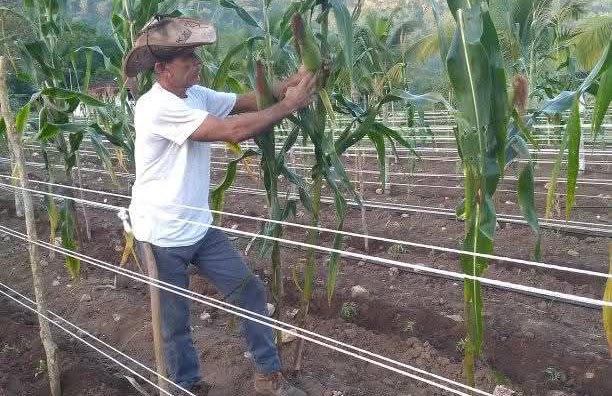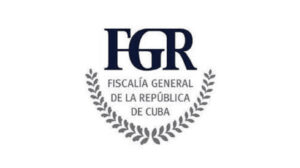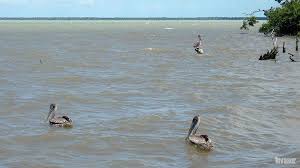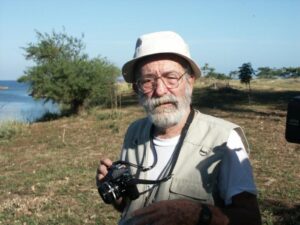One of the fundamental aims of the scientific sector in the province of Ciego de Avila for the year 2025 is to dynamise the necessary connection between knowledge and productive processes and administrative management.
Doctor of Science Janet Quiñones Gálvez, territorial delegate of the Ministry of Science, Technology and Environment (CITMA), stressed that the scientific community will continue to integrate strategic sectors, with the premise of promoting development.
It is a matter of the highest priority and essential for progress, as indicated by the country’s top leadership, and therefore deserves the attention and commitment of all to become the foundation of a prosperous and sustainable socialism, she said in statements to the Cuban News Agency.
He recalled that Cuba’s scientific and technological potential is the genuine work of the Revolution and the result of the strategic thinking and action of the historic leader of the Cuban Revolution, Commander in Chief Fidel Castro Ruz.
In Ciego de Avila, alliances between universities, science entities and the productive and service sectors continued during the past year, which has allowed the Science, Technology and Innovation Strategy to be directed towards the priorities defined in the Economic and Social Development Plan until 2030.
As a result, the number of projects associated with the different programmes (food production, energy efficiency and use of renewable energy sources, natural resources and climate change, sustainable development of tourism and natural sciences in the socio-economic context of Avila) increased.
He also highlighted the launch of the Territorial Scientific-Technological Programme for Human Health.
The increase in yields of fruit trees, grains and viands, with varied production, the use of efficient irrigation systems and integrated pest and disease control in crops, as well as the micro-propagation of species of interest, are among the main impacts during the finalised stage.
In this area, genetic improvement and seed breeding also stand out, while the sugar industry worked to improve the health of sugar cane plantations and establish new varieties, in addition to ensuring comprehensive soil protection.
Other results contributed to energy efficiency and the development of renewable energy sources, the preservation of ecosystems, including beach areas where tourism activities take place.
Public Health won a prize from the Cuban Academy of Sciences in the speciality of Neurosurgery, without underestimating other achievements in the treatment of chronic communicable diseases and cancer, as well as in the Mother and Child Care Programme.
Meanwhile, the social and humanistic sciences contributed fundamentally with socio-demographic studies, community work, and historical and pedagogical research, the latter in line with the transformations in the teaching-learning process.
Enquiries into social dynamics and local development were added.
The industrial sector made innovations in the production of plastic articles, high-density tubes, accessories and furniture, while the construction sector produced new materials and improved the efficiency of manufacturing processes.
The Empresa de Aprovechamiento Hidráulico de Ciego de Ávila was awarded the National Prize for Technological Innovation for the development of technologies for the management of water resources and drought.
The improvement and expansion of science, technology and innovation structures in the business sector and in non-state forms of management of the economy continues.




